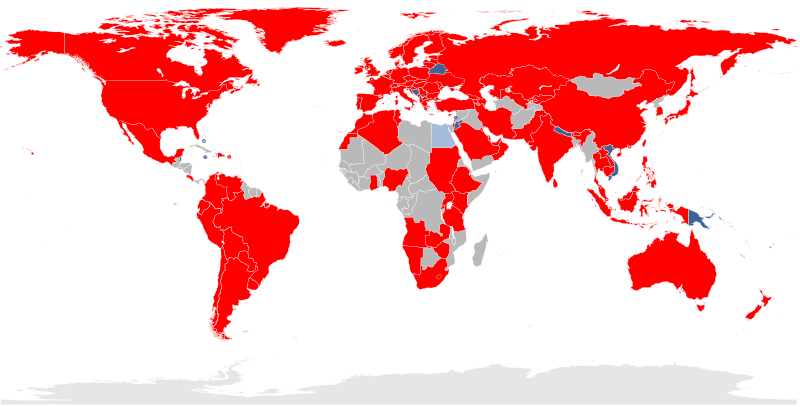If they've managed to get Cortex-A15 ready in time for inclusion in the new iPhone, then kudos to them. Without confirmation of this, I suppose it is quite possible that the A6 could just have a higher-clocked A9? 1.6Ghz is nothing out of the ordinary these days, especially on 32nm.
I'm not entirely convinced that the thinner-is-better meme for smartphones can go on for ever. At some stage, we'll be getting to the point where phones are too unwieldy to hold and use comfortably if they are too thin. The drop in weight is a plus point but I'm left wondering if Apple wouldn't have been better off keeping the weight and thickness at a similar level as the iPhone 4S and simply including a slightly larger battery? I also think the iPhone 5 seems to be a bit 'tall'. Oh well, I'm sure Apple will have made sure it is easy to handle.
It sounds as though the screen has some pretty impressive specs and I'm very surprised to see they are fitting the same screen in the new iPod Touch. Economies of scale make this possible, I suppose.
Overall, pretty much what was expected by everyone and I expect Apple will sell a just about as many of the new iPhones as they can produce, as usual. I wonder how much longer they can hang on to the cachet of the brand, however, as the quality of Android phones (and the OS itself) are improving greatly year on year. The new iPhone doesn't really surpass the latest top-end Android devices in various areas to any great degree. I wonder what we'll be seeing from the Android camp within the next year.
I'm not entirely convinced that the thinner-is-better meme for smartphones can go on for ever. At some stage, we'll be getting to the point where phones are too unwieldy to hold and use comfortably if they are too thin. The drop in weight is a plus point but I'm left wondering if Apple wouldn't have been better off keeping the weight and thickness at a similar level as the iPhone 4S and simply including a slightly larger battery? I also think the iPhone 5 seems to be a bit 'tall'. Oh well, I'm sure Apple will have made sure it is easy to handle.
It sounds as though the screen has some pretty impressive specs and I'm very surprised to see they are fitting the same screen in the new iPod Touch. Economies of scale make this possible, I suppose.
Overall, pretty much what was expected by everyone and I expect Apple will sell a just about as many of the new iPhones as they can produce, as usual. I wonder how much longer they can hang on to the cachet of the brand, however, as the quality of Android phones (and the OS itself) are improving greatly year on year. The new iPhone doesn't really surpass the latest top-end Android devices in various areas to any great degree. I wonder what we'll be seeing from the Android camp within the next year.

